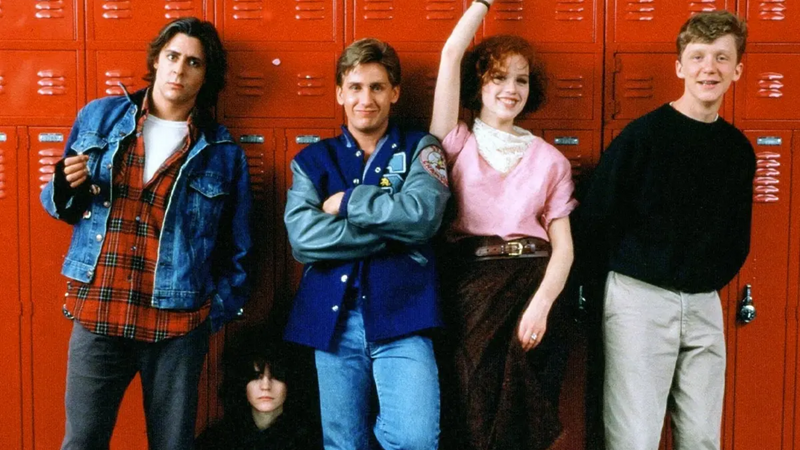
The 1980s were a vibrant era of bold fashion, unforgettable hairstyles, and larger-than-life moments captured on VHS tapes. It was a decade where every outfit seemed to shout, "Look at me!" Whether it was the big hair, neon colors, or punk edge, the 80s had a unique style that still makes us smile today.
Let’s take a walk down memory lane and explore some iconic 80s fashion trends. As you read, think about those precious moments frozen in time—perhaps stored away on a stack of VHS tapes. What if you could relive those memories, watching the fashion, the hair, and your younger self come to life again?
80s Hair: The Bigger, the Better

Who could forget the towering teased hair of the 80s? From voluminous curls to sky-high bangs, the bigger your hair, the better. It wasn’t just a look—it was a statement. Imagine watching home videos of you and your friends getting ready for a night out, your VHS tape capturing the perfect hair spray haze.
Neon Fashion: Bright and Bold

If you were alive in the 80s, you owned something neon. Whether it was a flashy windbreaker or a neon headband for your workouts, the 80s were all about bright colors. Do you remember your favorite neon outfit, immortalized on a VHS tape from a birthday party or school event?
Punk Fashion: The Edgy Rebellion

For those who wanted to break away from the mainstream, punk fashion was the go-to. Ripped jeans, leather jackets, and studded accessories were everywhere. Maybe your teenage rebellion was caught on tape, and those old VHS recordings are now collecting dust in a forgotten box.
80s Workout Fashion: Leg Warmers & Leotards

The 80s workout fashion craze saw everyone from celebrities to suburban moms sporting leg warmers, high-cut leotards, and neon sweatbands. Whether you were following along with a VHS aerobics tape or making your own home workout video, these memories are worth saving.
Denim, Shoulder Pads, & Parachute Pants

Denim jackets, shoulder pads, and parachute pants were the must-haves of the 1980s. Think back to those first family camcorder videos where you proudly rocked these trends. Wouldn’t it be amazing to watch those VHS tapes again?
Bring Back the 80s: Digitize Your VHS Memories

Those VHS tapes from the 80s are more than just videos—they’re a window into a decade of unforgettable fashion and family moments. But VHS tapes don’t last forever, and they could already be deteriorating.
With Heirloom, you can bring those moments back to life. Simply order an Heirloom box, pack up your VHS tapes, and we’ll digitize them for you. Soon, you’ll be reliving your 80s fashion memories—big hair and all—in a digital format that will last forever.
Don’t let the 80s fade away. Order your Heirloom box today and save your memories before they’re gone forever.
Select a box to get started.
Pack whatever fits... we'll sort it all.
Simply pay unit digitizing prices.

















